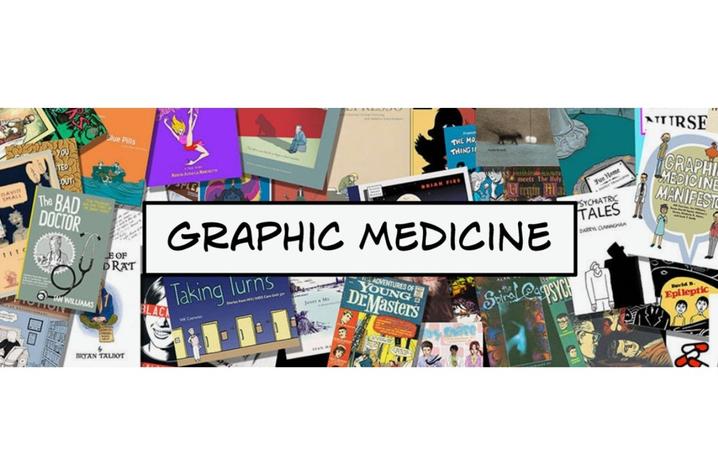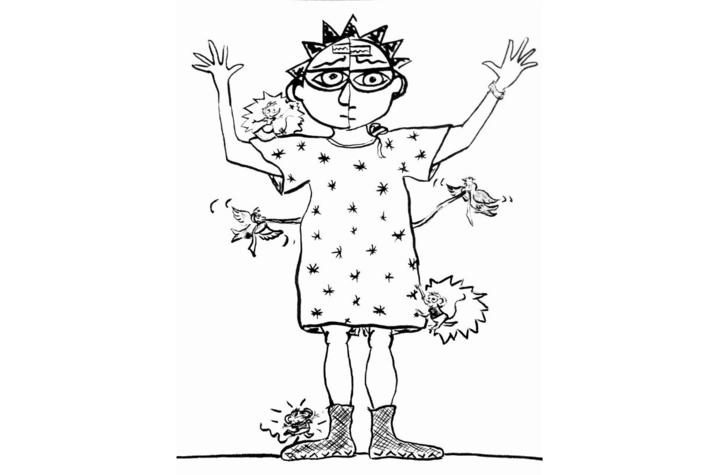UK HDI seminar explores ways graphic medicine can help reduce barriers in health care
LEXINGTON, Ky. (Feb. 6, 2024) — The University of Kentucky’s Human Development Institute (HDI) is offering a seminar “Graphic Medicine and Universal Design” focused on showing how comics and illustrations can help reduce barriers in health care settings.
This work is part of an interdisciplinary field called graphic medicine, which is the intersection of graphic arts, health and medicine. Comics, graphic novels and other visual storytelling formats are used to share medical information, personal stories and explore health care-related themes.
“Both graphic medicine and universal design strive to make information more accessible and understandable for a broad range of people,” said Erin Fitzgerald, HDI’s Comprehensive Transition and Postsecondary (CTP) Program coordinator. “When these fields are considered in relation to each other, that intersection can be a real sweet spot for partnership and collaboration. If we work together to ensure that more people’s experiences and perspectives are represented, this can help reduce barriers and increase understanding between clients and clinicians in health care settings.”
Fitzgerald will lead the seminar explaining both concepts and how they overlap, as well as practical ways to apply both graphic medicine and universal design.
Comics and illustrations can be an effective storytelling method due to their expressive artwork, sequential storytelling, accessibility for all ages, memorability, and the combination of both text and images all to convey narratives and connect with audiences.
“Everything we do at HDI is about full inclusion,” said Walt Bower, Ph.D., preservice training coordinator at HDI. “We are excited to extend the conversation about graphic medicine to the UK community and hope more people think about the versatility of this medium.”
The seminar is set for Friday, Feb. 23 from 1-3 p.m. via Zoom. Anyone interested in attending can register online here.
This event can also count toward continuing education credits. Anyone with questions can contact Walt Bower (walt.bower@uky.edu).
UK HealthCare is the hospitals and clinics of the University of Kentucky. But it is so much more. It is more than 10,000 dedicated health care professionals committed to providing advanced subspecialty care for the most critically injured and ill patients from the Commonwealth and beyond. It also is the home of the state’s only National Cancer Institute (NCI)-designated Comprehensive Cancer Center, a Level IV Neonatal Intensive Care Unit that cares for the tiniest and sickest newborns and the region’s only Level 1 trauma center.
As an academic research institution, we are continuously pursuing the next generation of cures, treatments, protocols and policies. Our discoveries have the potential to change what’s medically possible within our lifetimes. Our educators and thought leaders are transforming the health care landscape as our six health professions colleges teach the next generation of doctors, nurses, pharmacists and other health care professionals, spreading the highest standards of care. UK HealthCare is the power of advanced medicine committed to creating a healthier Kentucky, now and for generations to come.






